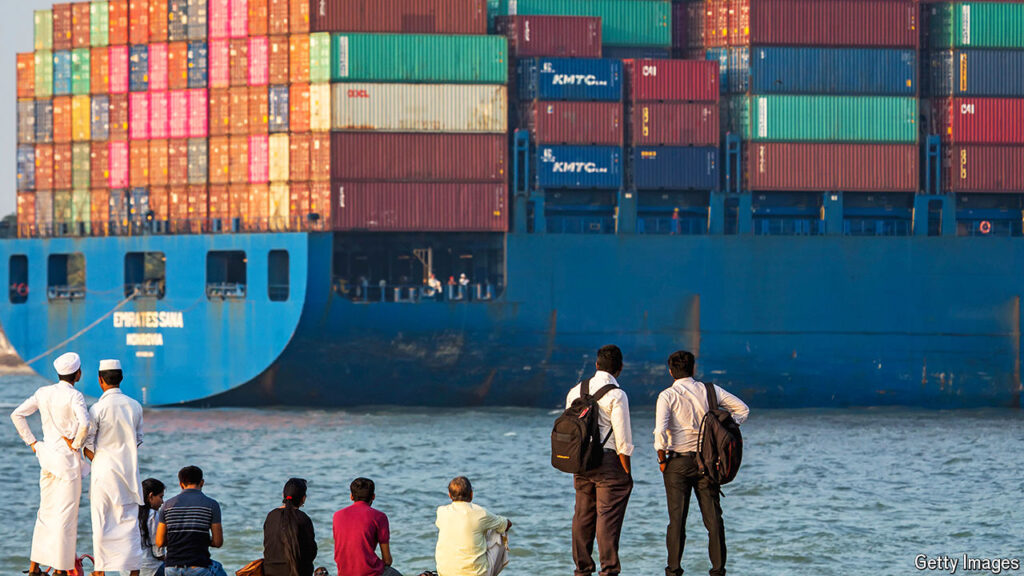The global manufacturing landscape has been undergoing significant changes in recent years, with China facing challenges in maintaining its position as the manufacturing powerhouse of the world. As China’s labour costs have been on the rise and tensions with the West have escalated, other emerging markets have seen an opportunity to attract foreign direct investment and establish themselves as viable alternatives for manufacturing.
Last year, China experienced a significant decline in foreign direct investment, reaching a 30-year low. This decline has been attributed to a combination of factors, including rising labour costs, increasing trade tensions, and a shift in global supply chains. In response, China has embarked on a new strategy to bolster its manufacturing sector and maintain its dominance in the global market.
To counter the economic slowdown and solidify its control over global supply chains, China’s leaders have initiated an investment spree in high-tech goods, such as batteries, electric vehicles, and other green devices. These emerging industries have seen significant growth potential, with demand for environmentally friendly products on the rise. In addition, China’s traditional industries, such as cars, chemicals, and steel, have faced challenges due to weak domestic demand, leading to a surplus of goods flooding global markets.
As a result of these developments, the average price of Chinese manufactured exports has declined by nearly 10% from 2022 to 2023. This significant drop in prices has made Chinese products more competitive in the global market, driving up export volumes to near-record levels. Despite facing challenges in traditional industries, China’s focus on high-tech and green manufacturing sectors has positioned it as a formidable player in the global market.
In contrast, other emerging markets have seen an opportunity to attract foreign direct investment as multinational companies look for alternative manufacturing locations. Countries such as Vietnam, India, and Mexico have emerged as potential contenders for manufacturing hubs, offering lower labour costs and strategic geographical locations. With China facing challenges in maintaining its competitive edge, these emerging markets have stepped up to seize the opportunity to attract investment and bolster their own manufacturing sectors.
Overall, the shifting dynamics of the global manufacturing landscape have created opportunities for emerging markets to capitalize on China’s challenges. As China focuses on high-tech and green manufacturing sectors to maintain its position as a global manufacturing leader, other countries are positioning themselves to attract foreign direct investment and establish themselves as competitive manufacturing hubs. The coming years will likely see further changes in the global manufacturing landscape, as emerging markets continue to rise in prominence and China adapts to new economic realities.












